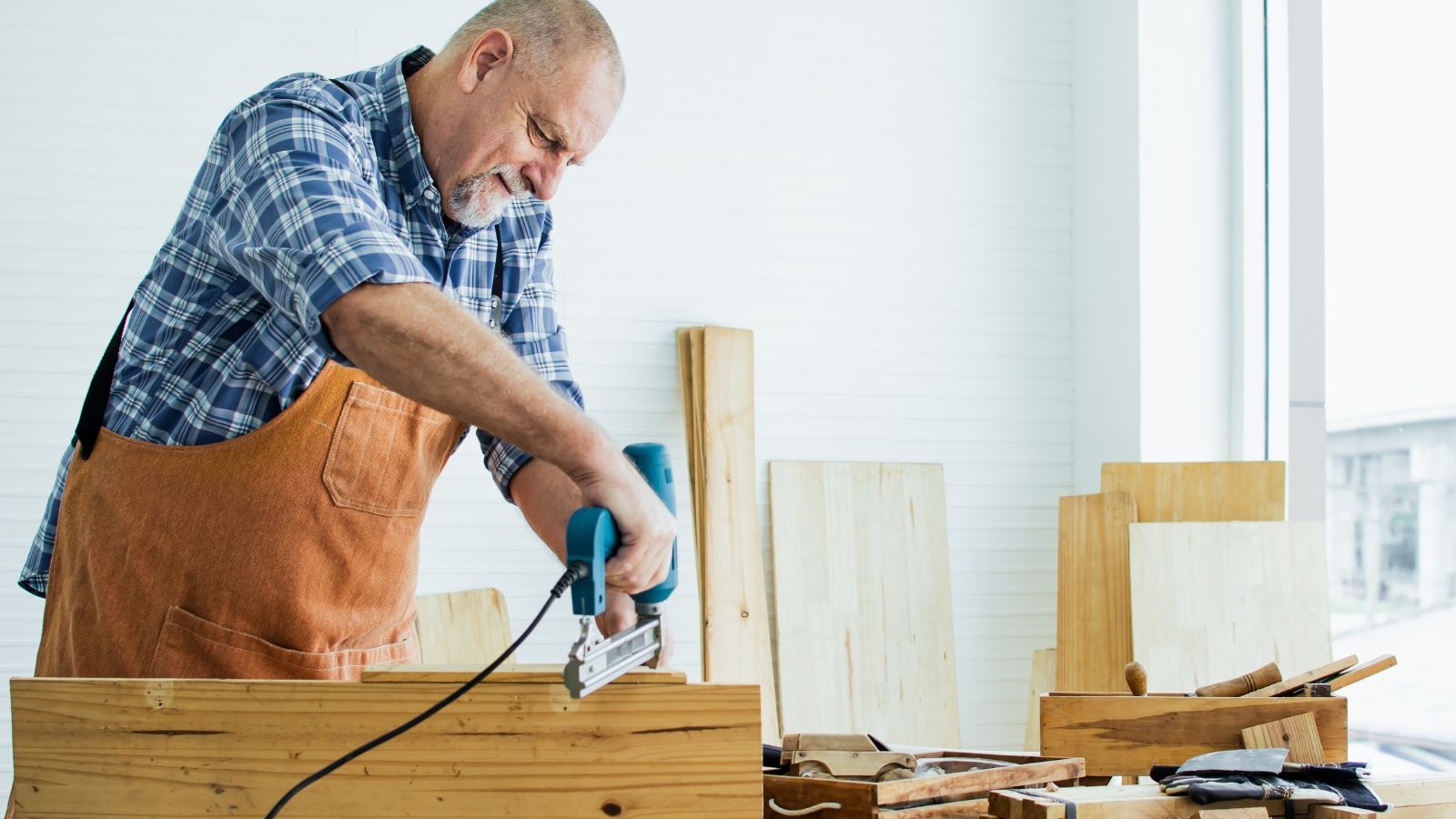Your real estate success depends entirely on how your home is designed and the types of changes you make to improve it. While steel veneers and door replacements are great ways to increase the value of your home, here are 17 mistakes you shouldn’t be making, as they will have the opposite effect!
Over-Personalizing Renovations
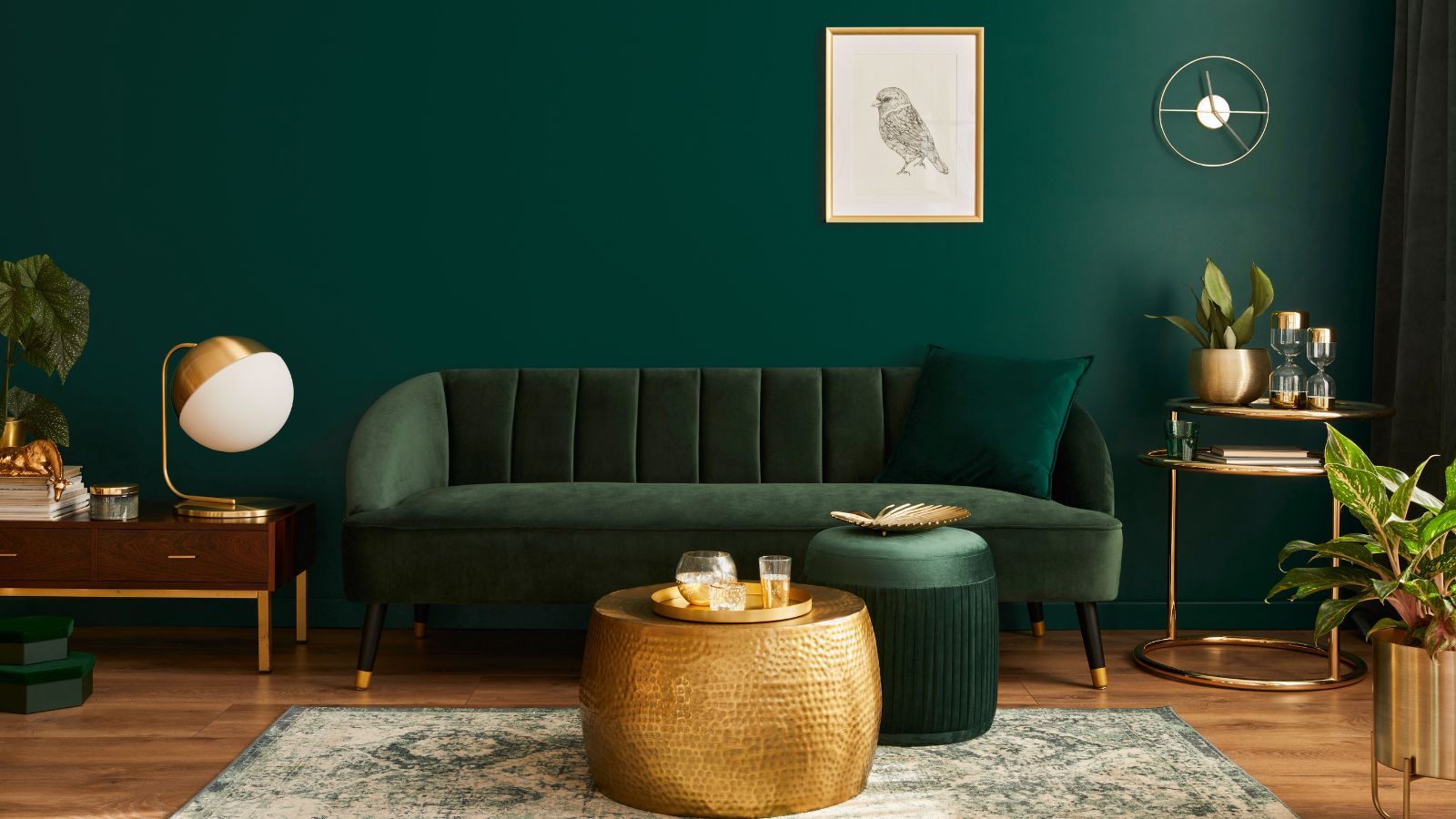
When you incorporate unusual color schemes or unique designs to suit your own taste, you narrow down how much of the market your home appeals to. Your pool of buyers is limited to people who have the same taste as you – which can make it pretty small! Even if these changes are reversible, potential buyers also consider the costs of making the reversals.
Ignoring Curb Appeal

Your curb is the first thing buyers see, and you know what they say about first impressions! Poor features, like overgrown bushes, badly painted walls, and dirty walkways, raise concerns about neglect and set a negative tone going forward. Forbes lists trash in the yard, parked old cars, and poorly maintained fences as additional factors that also hurt your curb appeal.
Using Poor-Quality Materials
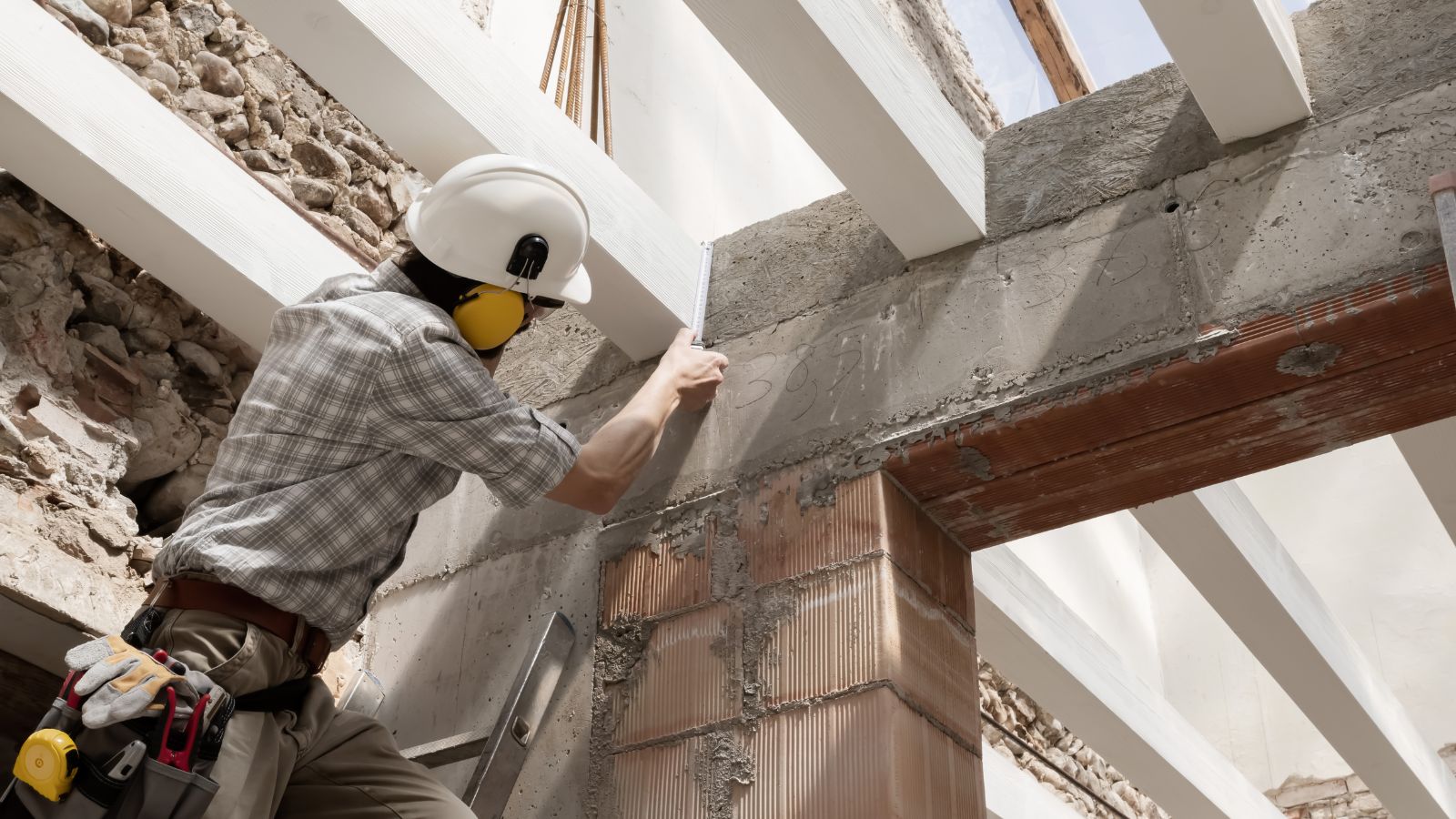
If you’re willing to sell your home, ensure you use only high-quality materials, even if they cost you significantly more money. Remember, it’s an investment, and cheap materials may either look bad or not last as long. Buyers who notice these low-quality materials will immediately perceive your home as inferior, signifying future expenses for them.
Carrying Out DIY Projects
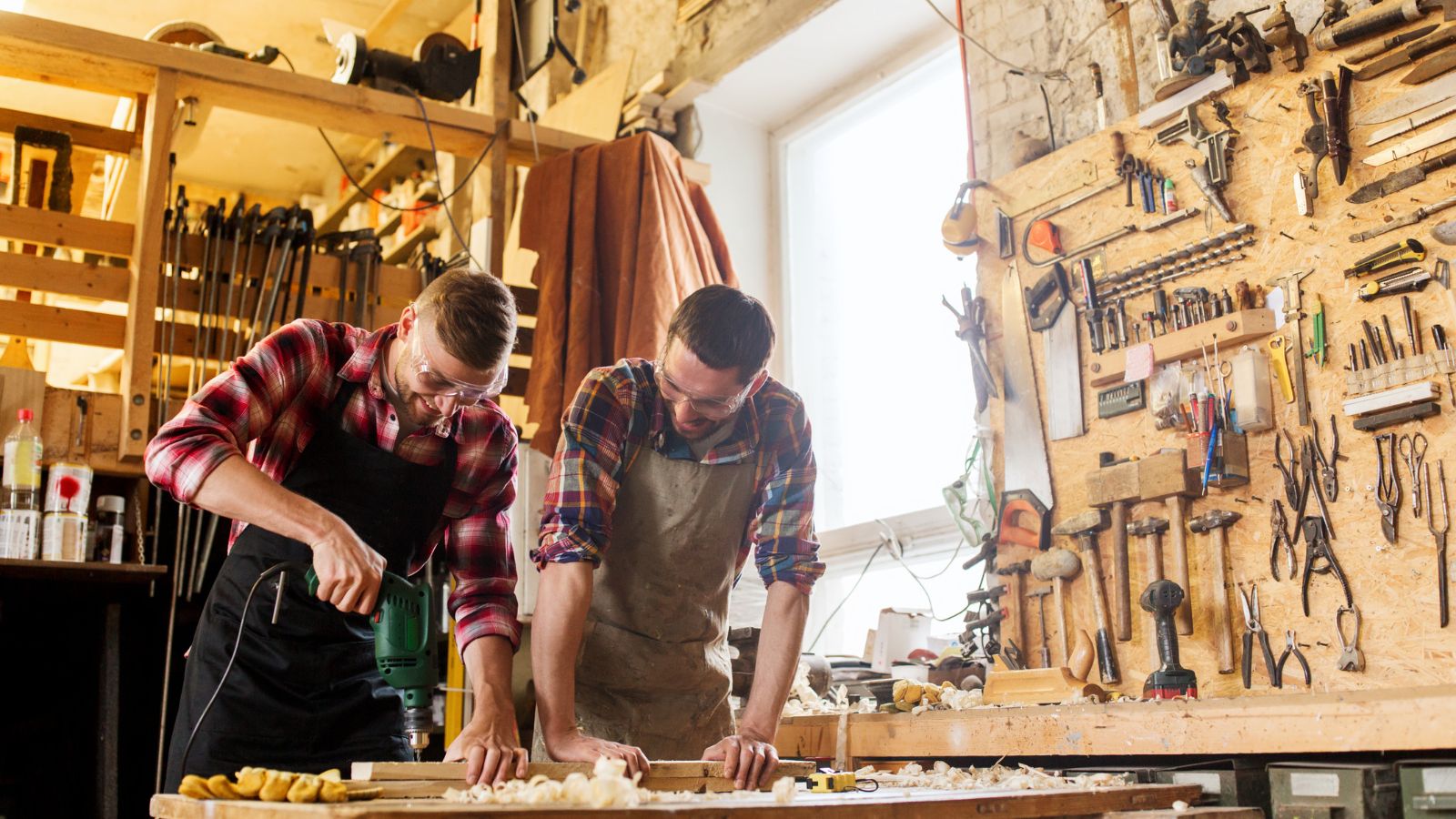
It’s so easy to botch a DIY project, and even if you do it right, the finish may not be perfect. You should understand that any signs of amateur work will raise issues around safety and quality in the minds of potential buyers. Some also consider how much they’ll have to spend correcting your errors, which knocks down your home value.
Removing Bedrooms
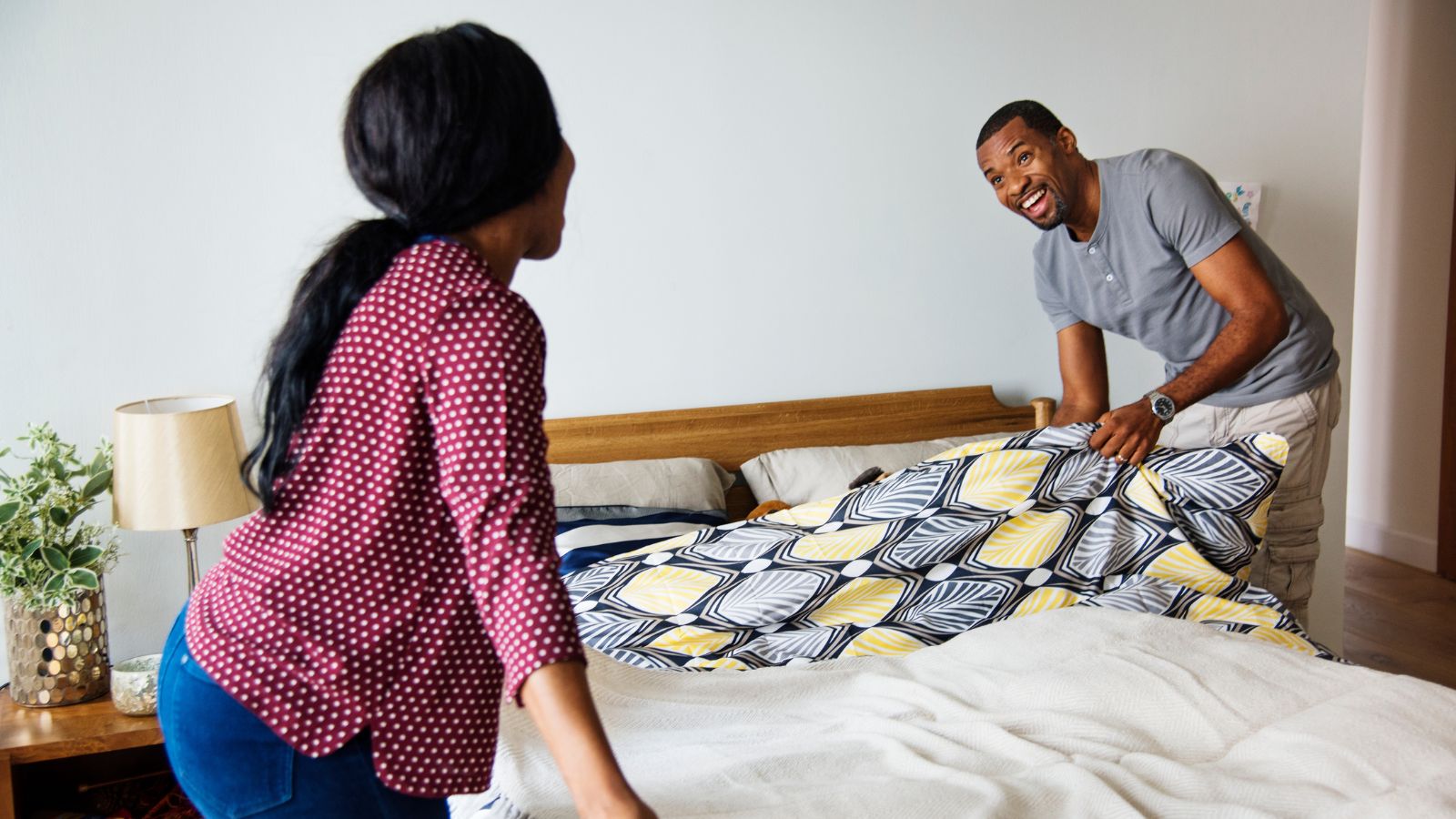
People spend the majority of their time at home in either bedrooms or living rooms. So, it’s no surprise that fewer bedrooms mean less living space, so removing bedrooms could significantly hurt your home value. This factor matters even more to families who intend to raise children in your home.
Making Inconsistent Upgrades

By inconsistent upgrades, we mean when you mix up designs, mismatch styles, and give your home terrible aesthetics. This directly reduces your home’s appeal, and it hurts its value even more when buyers consider the costs of making appropriate design changes. There will always be questions about quality, too.
Installing Overly Luxurious Bathrooms
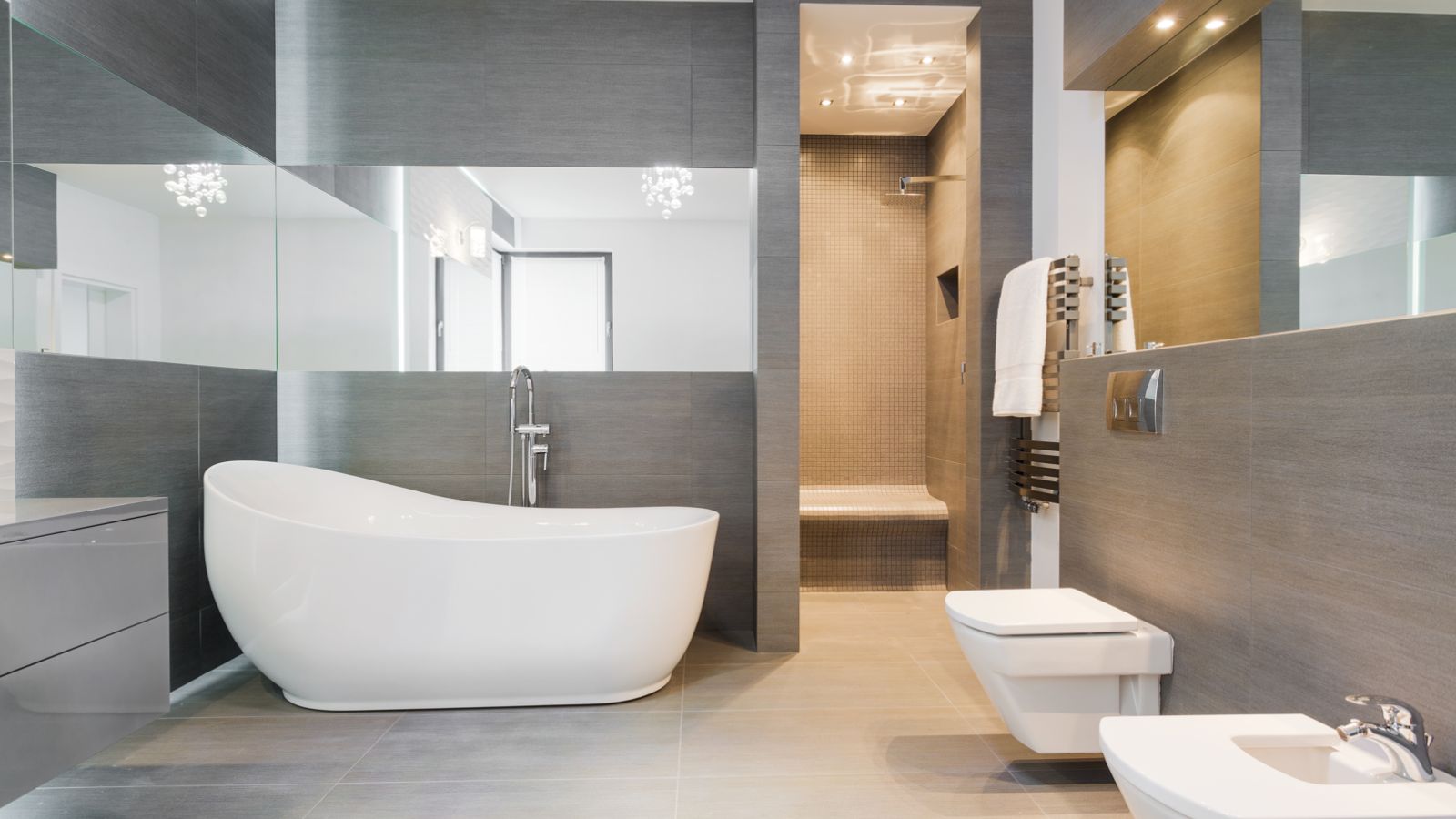
Real estate experts reveal to Yahoo that, alongside removing bathtubs and installing wallpapers, luxury additions like ornate faucets and high-end bathtubs do more harm than good. They also explain further that expensive tiles, dark colors, and freestanding baths are only great for traditional, luxurious properties, as opposed to modern, ‘affordable’ homes.
Choosing High-Maintenance Landscaping
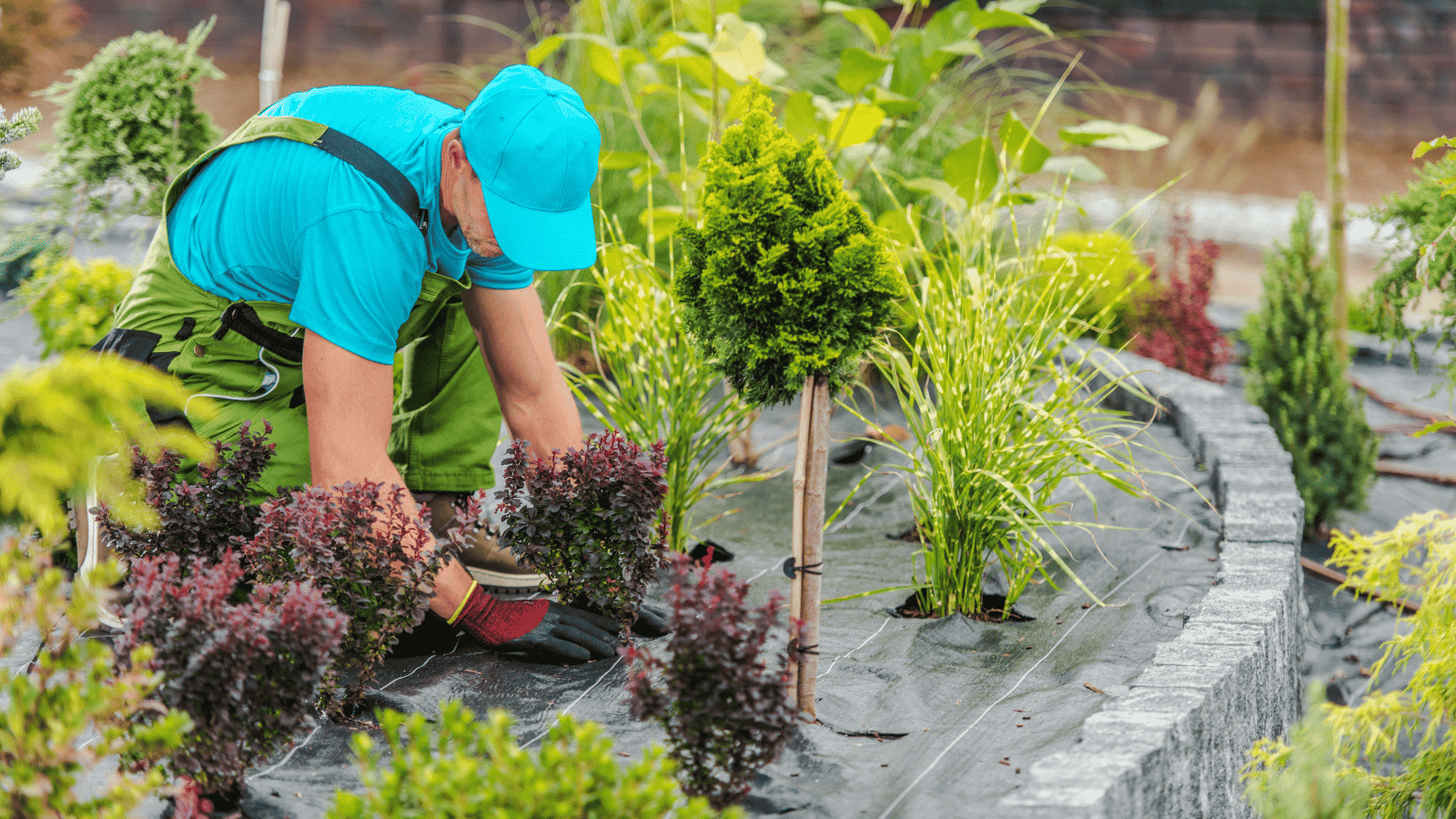
Landscaping schemes can increase your home value by over 12%. But you’ll want to be careful with them. You should understand that upgrades like water fountains and complex gardens, although they look beautiful, could drive buyers away due to the maintenance costs associated with them.
Adding Illegal Additions
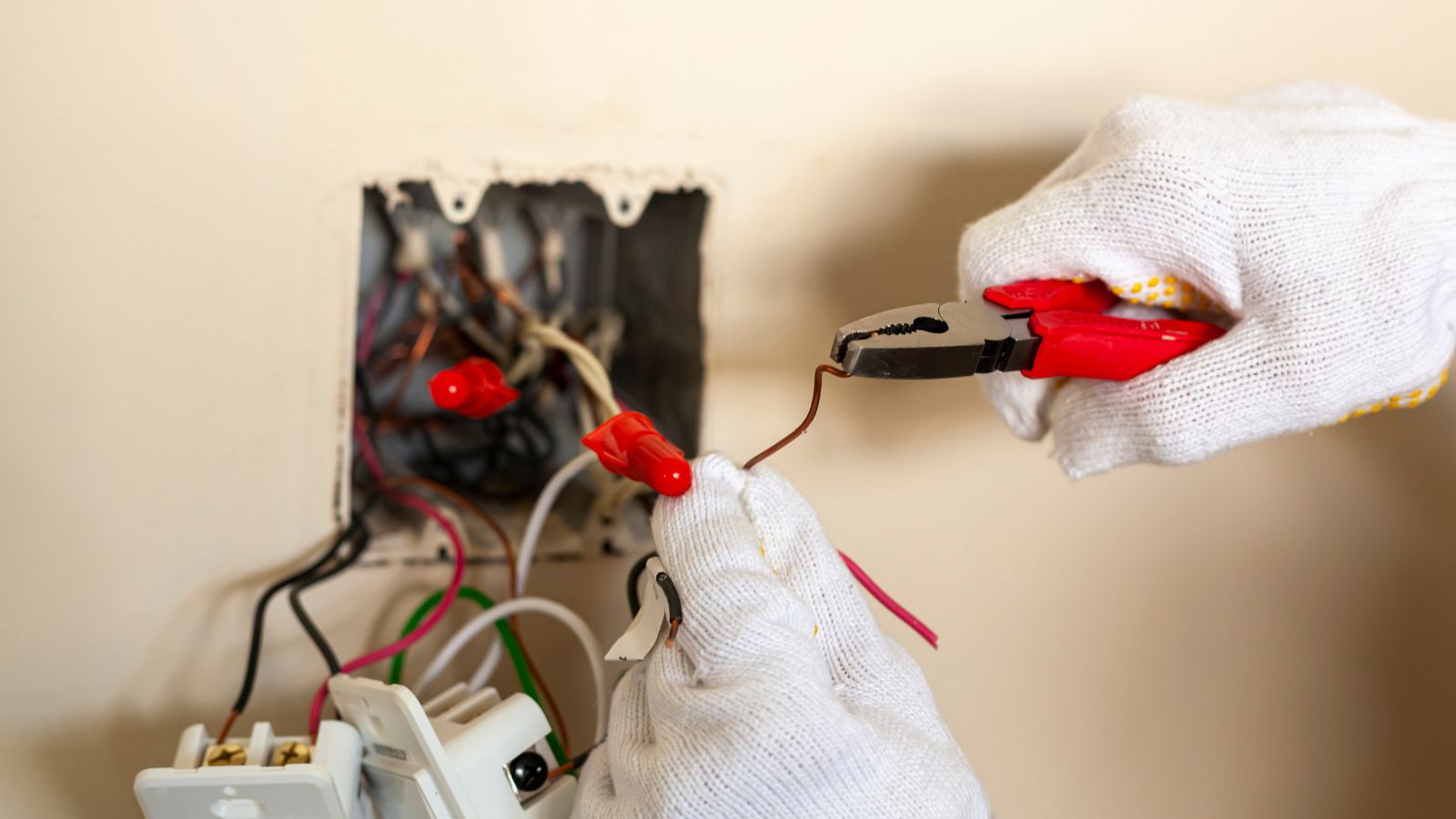
Having unpermitted, unregulated work in your home, the most common of which are DIY decks, walls, and electrical wiring, is a no-no for buyers—and for good reason. These illegal additions can lead to fines and forced removals, as well as concerns about safety around them.
Making Poor Lighting Choices
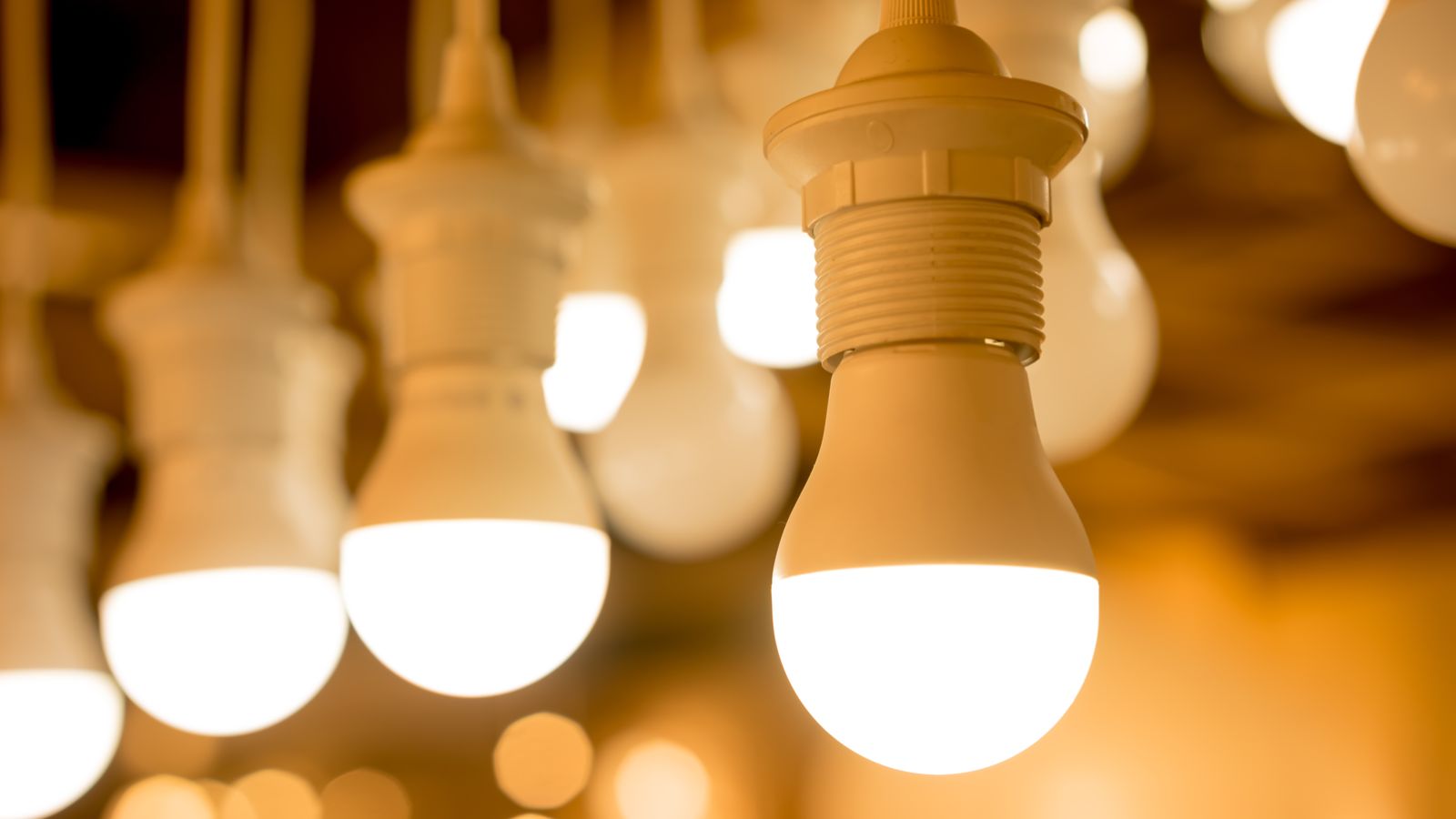
Outdated lighting fixtures make your home look old and neglected, while dim or poorly lit bulbs can make your home feel uninviting and smaller than it really is. You should also check the energy rating of your bulbs, as poor ratings could drive eco-friendly buyers away.
Using Bold Wallpaper
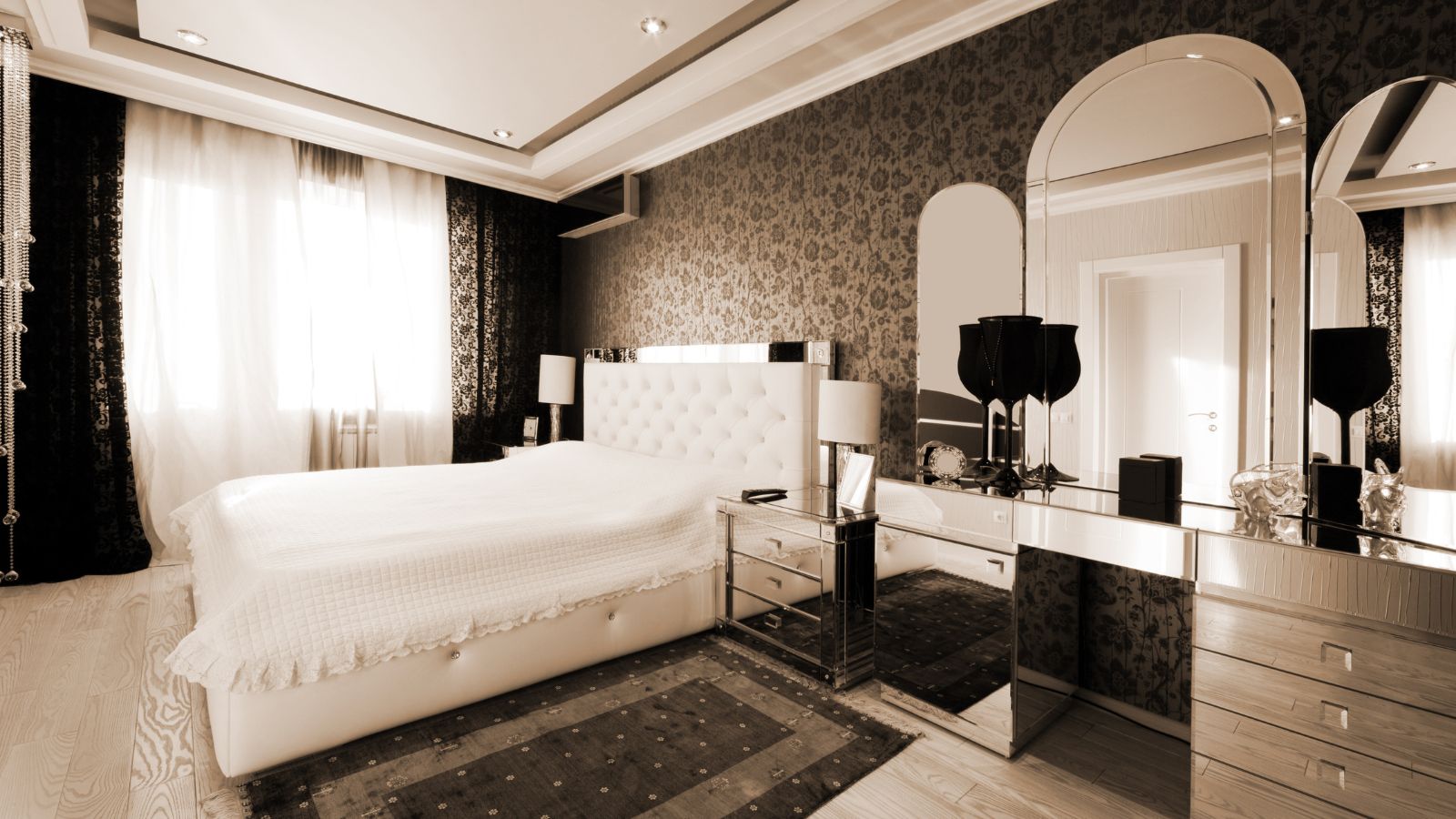
Strong wallpaper patterns may be to your taste, and maybe you have good taste, too. But not everyone will like them, and you eventually reduce interest in your home. Buyers may present lower offers while accounting for wallpaper removal costs. And we haven’t even talked about how fast bold wallpapers can get outdated.
Neglecting Necessary Repairs
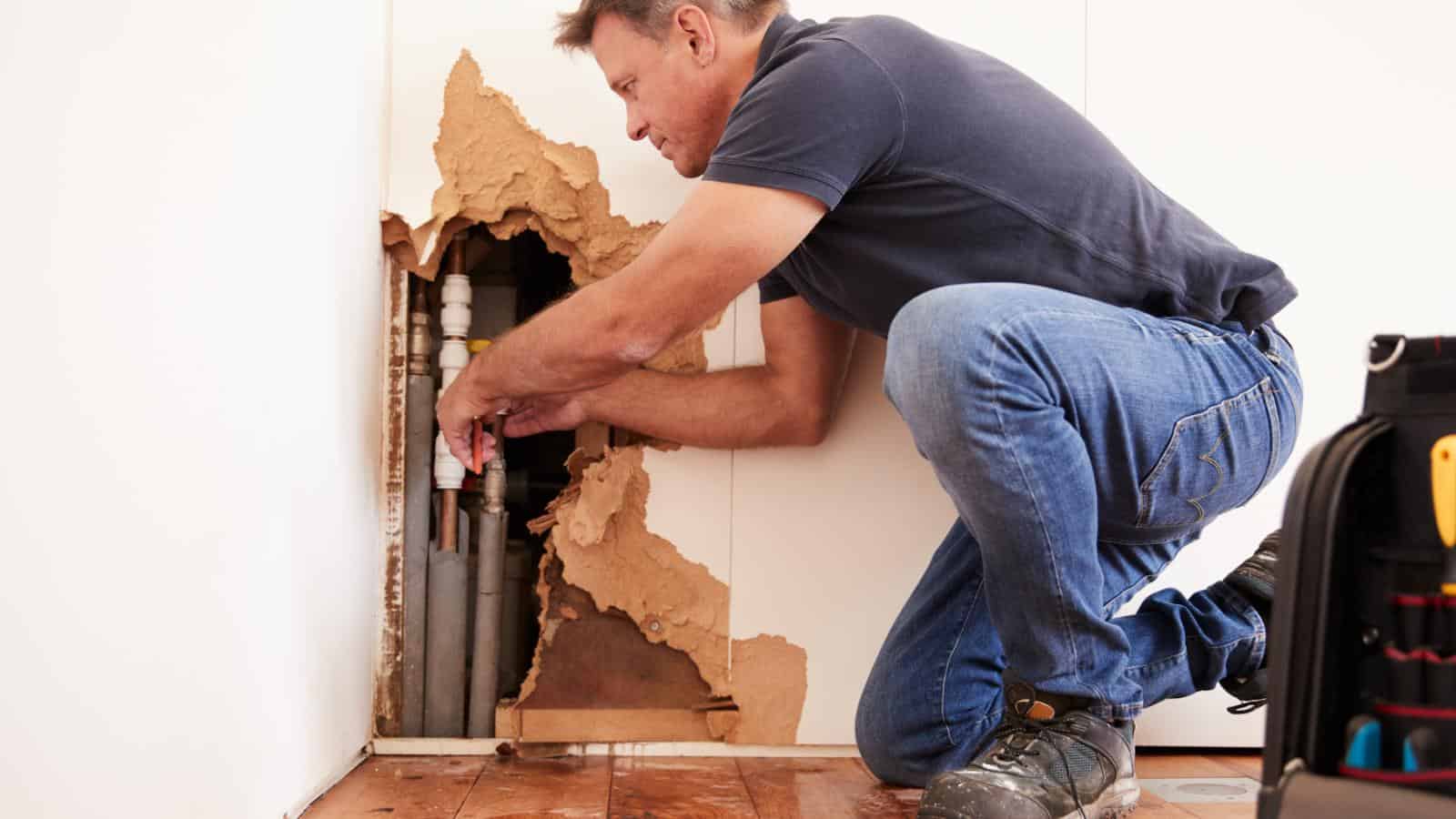
Cracks and leaks in your home are signs of neglect and could cause an inspection to fail or derail your chances of a sale. The Realtor explains that the most important repairs to make are cracks in the foundation, gas leaks, plumbing leaks, mold, electrical systems, gutters, and, most importantly, your roof.
Converting a Garage
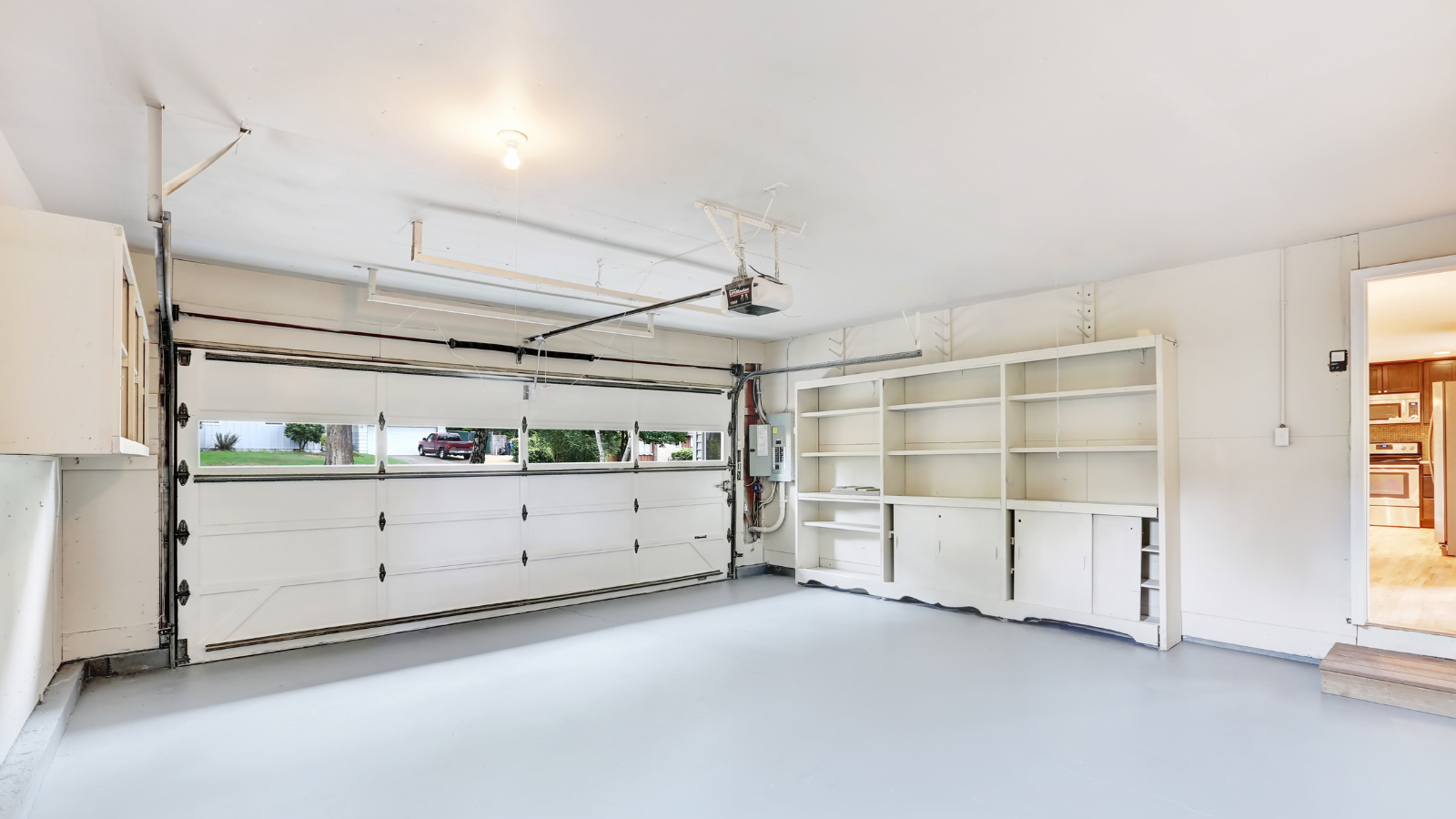
When you convert a garage, you eliminate valuable storage space for unused things in the home. This is also a bad home feature for buyers who love to have a secure place to keep cars or in environments with limited parking space. Converting a garage could potentially hurt your home value by up to 25%.
Installing a Swimming Pool
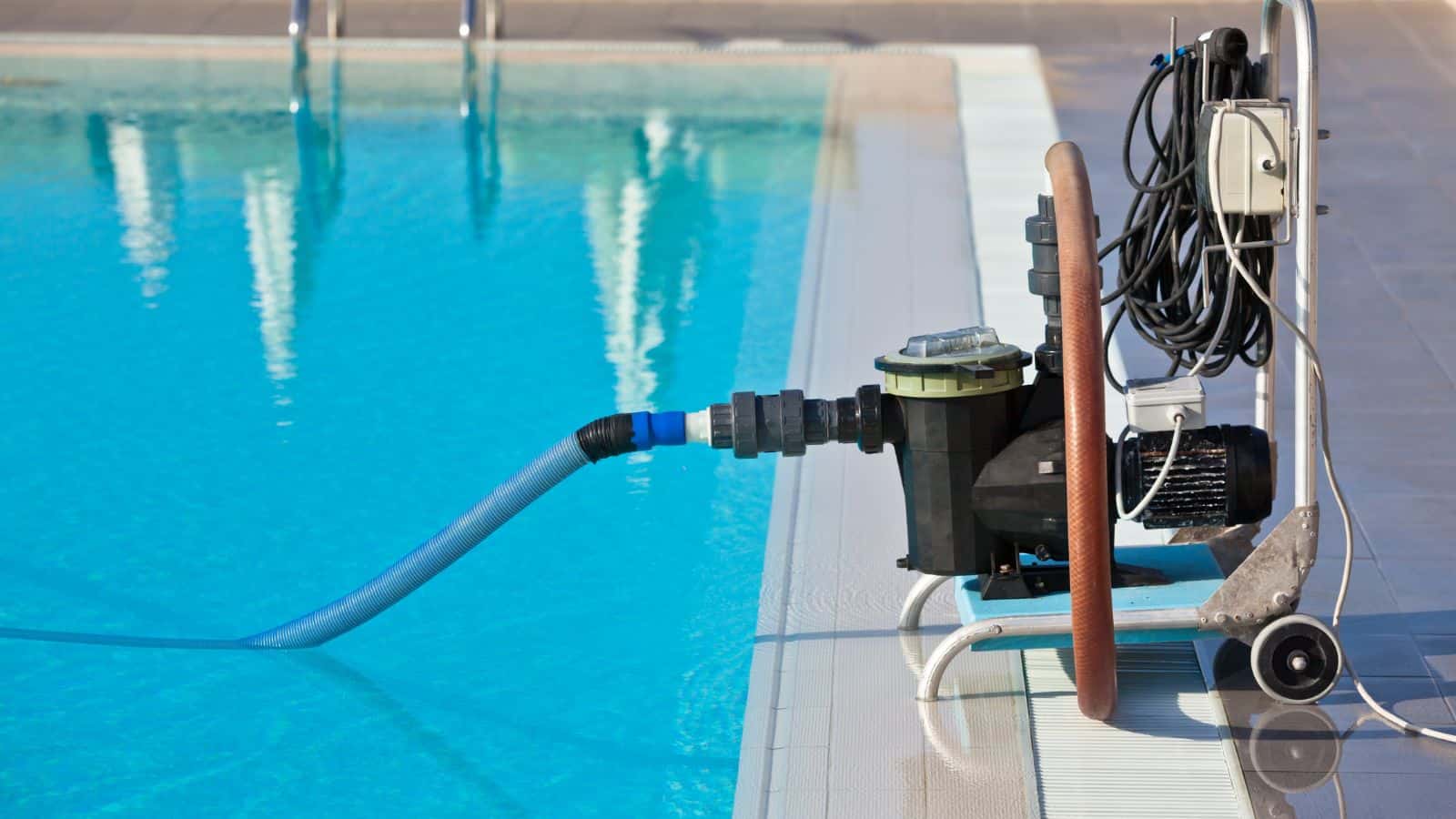
The swimming pool is another upgrade that you may think makes your home high-end, but it actually hurts its value. Upkeep costs are higher than most people like, and families see them as safety hazards around children. You should absolutely avoid swimming pools if your home is in a cold climate, too!
Having Excessive Carpeting

Reading from investopedia, we learn that “not only will you not recoup the cost of wall-to-wall carpeting, but—if carpeting is the primary flooring throughout—it can actually lower the value of your home.” Install hardwood flooring for durability, and give your buyers the freedom to design however they want instead.
Leaving Your Kitchen Outdated

Old appliances in your kitchen and an outdated layout can make it lose appeal and feel inefficient for cooking. You should also avoid some kitchen colors such as red, bright white, yellow, beige, and dark green when doing repaints. In making modern updates too, make sure your costs never exceed 25% of your home’s value.
Showing Excessive Personal Photos and Art
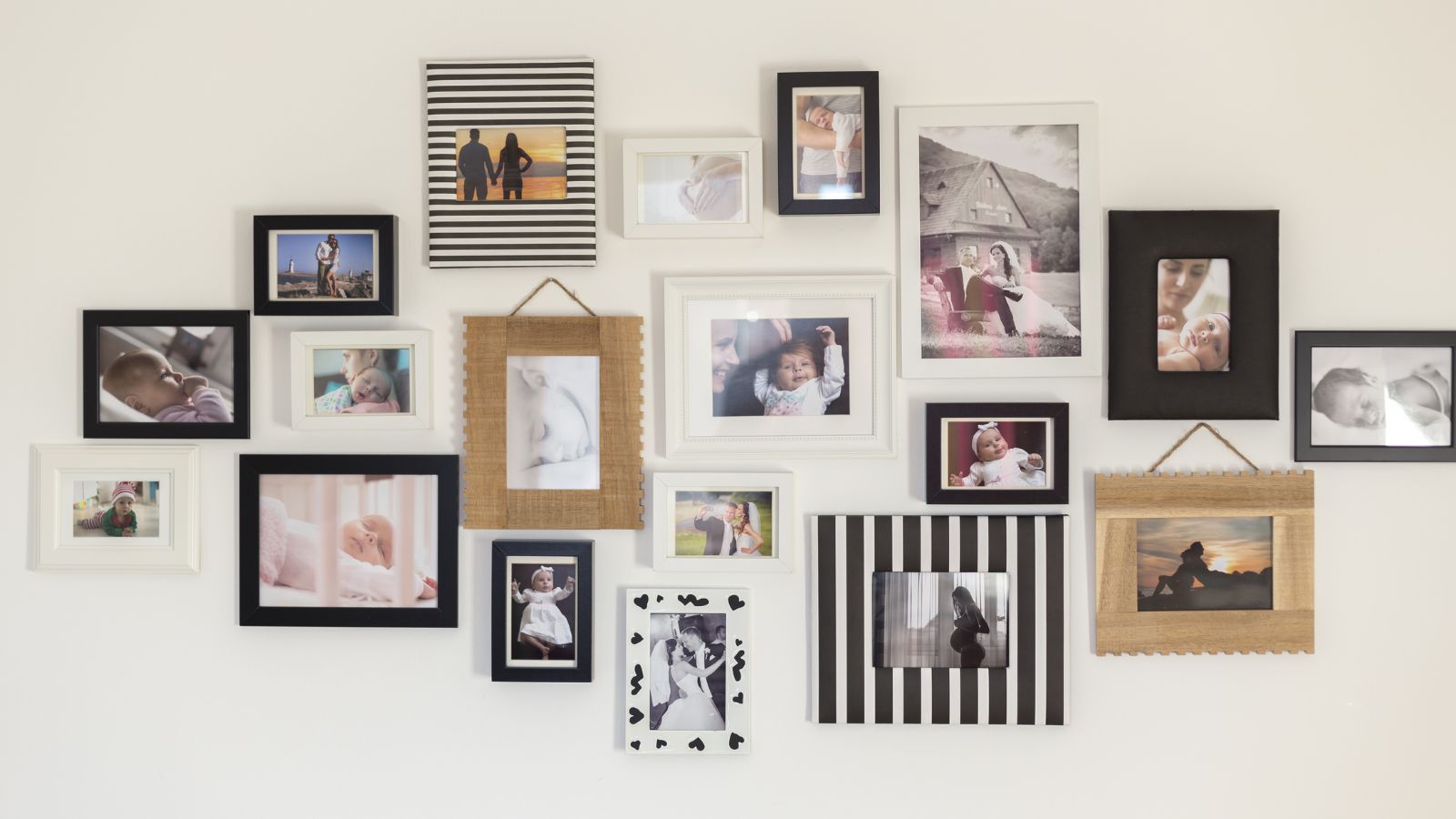
During an inspection, you don’t want to have your personal pictures or artwork you love hanging from the walls. Buyers need to see your home as plain as it can be so that they can imagine themselves in it. These personal touches only deny them this favor.
Up Next: 19 Signs That Say You’ve Officially Entered Old Age

Old age comes for us all, though we do our best to resist it for as long as possible. But aging isn’t only gray hair, wrinkled skin, and yelling at kids to get off your lawn. Here are 19 signs you’ve realized you’re no longer the young stud you once were!
19 SIGNS THAT SAY YOU’VE OFFICIALLY ENTERED OLD AGE
17 Things That Are Too Woke For Boomers

Our society is so different from what it was decades ago, and boomers don’t like much of what everyone considers normal in today’s society. In this light, here are 17 things about ‘woke culture’ that particularly make boomers uncomfortable.
17 THINGS THAT ARE TOO WOKE FOR BOOMERS
17 Things You’re Just Too Old To Be Doing Anymore

The older you get, the more fragile you are physically and mentally, so it’s important to prioritize your well-being every day. Whether you still feel young at 50 or are closer to 80, we’ve compiled 17 things you’re too old to be doing anymore.

